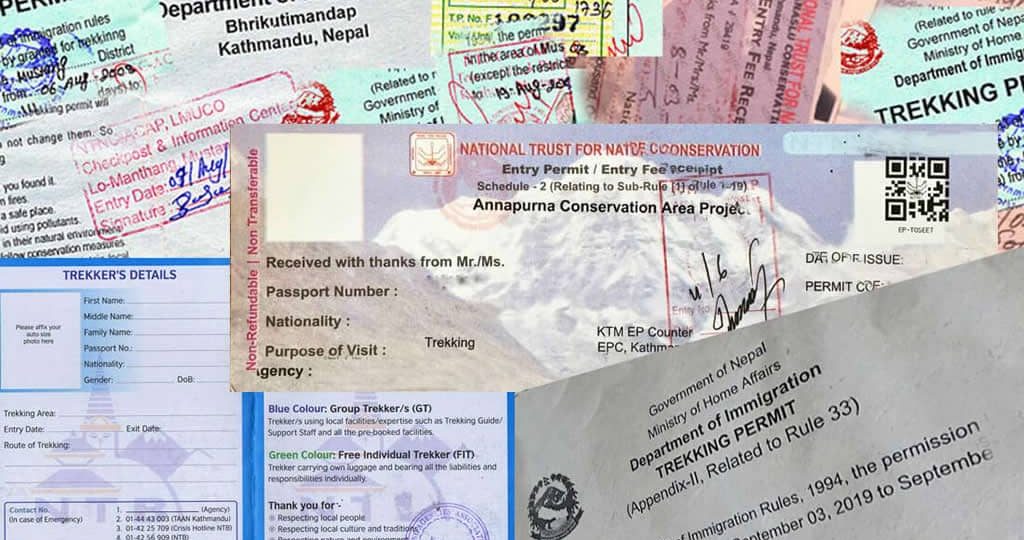
Upper Mustang Trekking Permit

Trekking in Upper Mustang, a restricted area in the Annapurna Conservation Area of Nepal, requires special permits due to its remote location and preservation efforts. Here are the permits required for the Upper Mustang Trekking:
Restricted Area Permit (RAP):
- Upper Mustang have designated as a restricted area by the Nepali government, and trekkers need a Restricted Area Permit (RAP) to enter this region.
- The RAP for Upper Mustang issued by the Department of Immigration in Kathmandu. We must apply for this permit through a registered trekking agency, as individual applications will reject.
- The RAP fee for Upper Mustang varies depending on the duration of the trek and the season but is generally higher than permits for other trekking regions in Nepal.
Annapurna Conservation Area Permit (ACAP):
- Since Upper Mustang lies within the Annapurna Conservation Area, trekkers also need an Annapurna Conservation Area Permit (ACAP) to enter the region.
- The ACAP permit can obtain from the Nepal Tourism Board office in Kathmandu or Pokhara, or at the checkpoint in Besisahar, the starting point of the Annapurna Circuit Trek.
- The ACAP permit fee varies for foreigners and SAARC nationals, with foreigners typically paying a higher fee.
TIMS Card:
- The Trekkers’ Information Management System (TIMS) card may required for the Upper Mustang Trek, although this requirement can vary depending on local regulations and trekking agencies.
- The TIMS card might take through the Nepal Tourism Board office in Kathmandu or Pokhara and typically required for treks in other regions of Nepal.
Local Permits:
- In addition to the RAP and ACAP permits, there may be certain local permits or fees required for specific areas or villages within Upper Mustang. These permits usually arranged by trekking agencies as part of the trekking package.
It’s essential to obtain all the necessary permits and documentation before embarking on the Upper Mustang Trekking. Additionally, trekkers advised to trek with a licensed guide and follow the regulations set by local authorities and conservation agencies to ensure the preservation of the region’s natural and cultural heritage.
